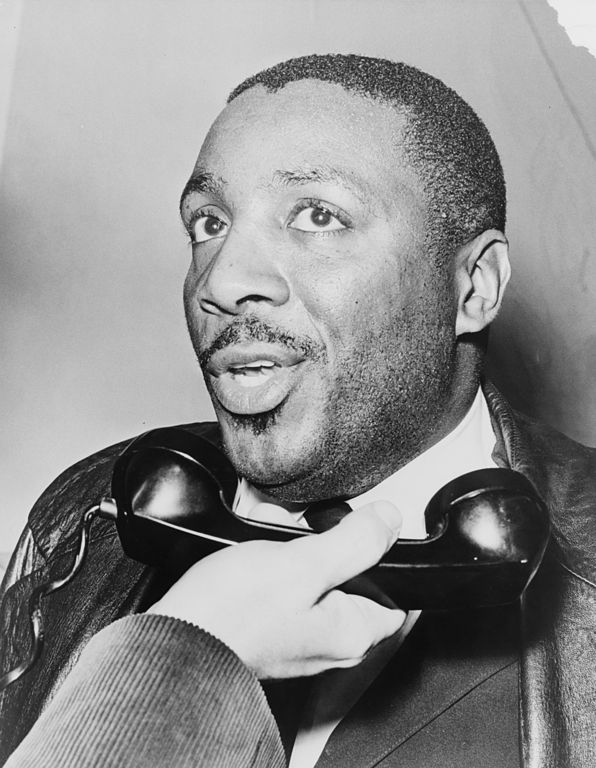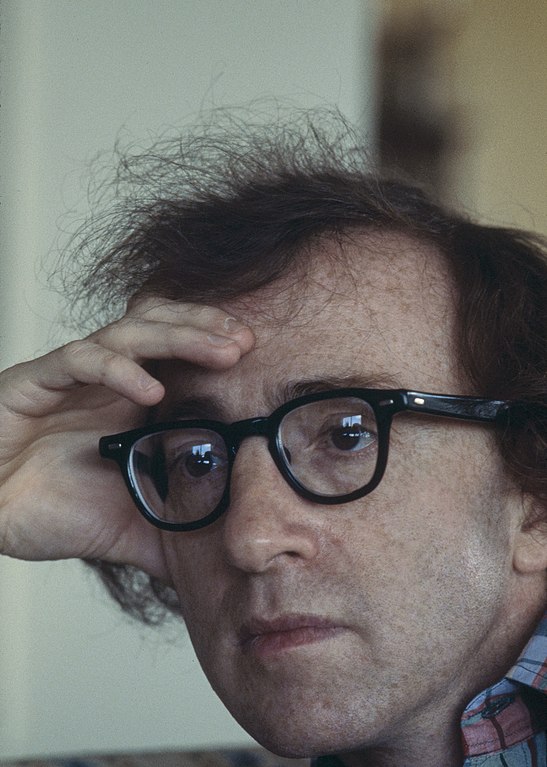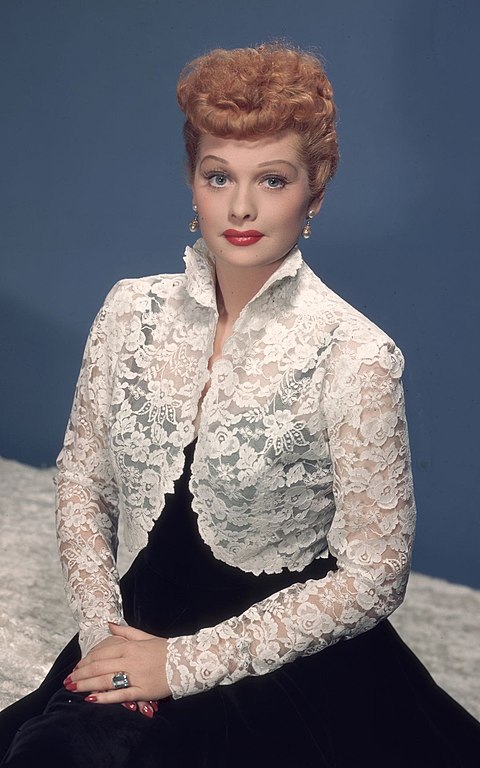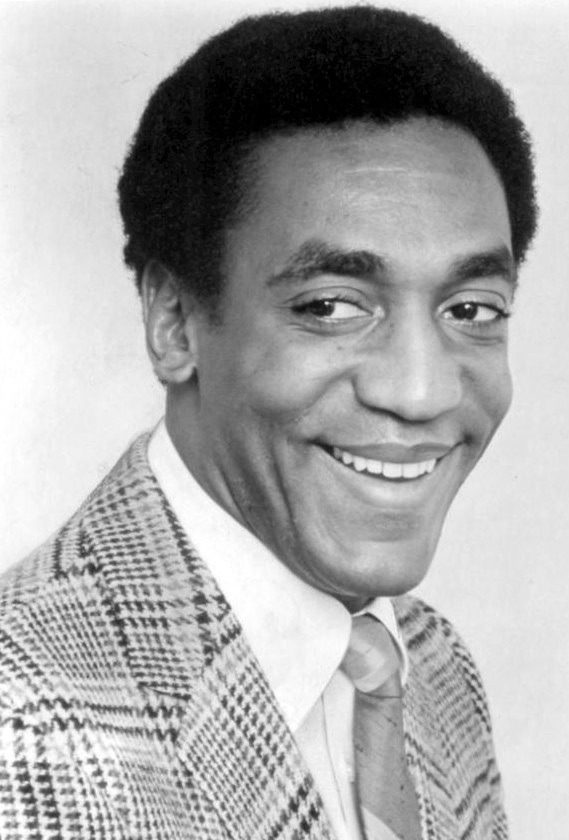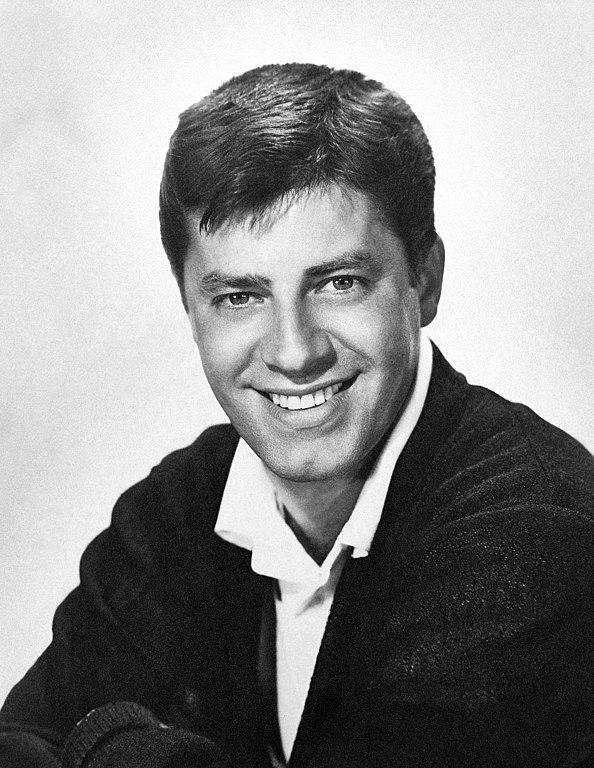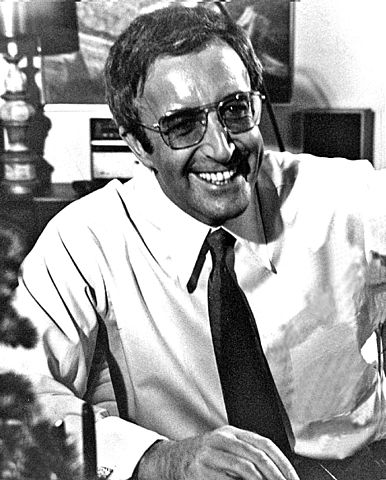The 1960s were a transformative era for comedy on television. During this time, a talented group of comedians brought fresh humor and unique styles to the small screen, changing the landscape of entertainment. Figures like Peter Sellers, renowned for his versatile roles and sharp wit, became household names and left a lasting legacy.
Totie Fields, with her quick humor and engaging presence, connected with many through her performances on popular shows like “The Ed Sullivan Show.” Her impact resonates even today, highlighting the importance of female comedians in TV history. These artists didn’t just entertain; they shaped the very nature of television comedy.
Programs featuring these iconic comedians were more than just funny—they were groundbreaking. They introduced new comedic formats and styles, captivating audiences and influencing future generations. This golden era set the stage for modern television comedy, proving that humor could be both innovative and timeless.
The Cultural Landscape of the 1960s
The 1960s was a time of major societal changes. It was marked by significant movements for civil rights, women’s liberation, and anti-war protests. These movements shaped pop culture, influencing everything from fashion to art and television.
Pop culture in the 1960s was vibrant and varied. Music from bands like The Beatles and The Rolling Stones dominated the airwaves. Television also evolved, offering new genres and more diverse content.
Television Shows
TV shows played a big role in the 1960s. Sitcoms like “I Love Lucy” and “The Dick Van Dyke Show” were hugely popular. They not only provided entertainment but also subtly reflected and influenced societal values and norms.
Societal Changes
TV began to reflect the diversity of society more accurately. Shows started to address social issues like race relations, gender roles, and war. This was a major shift from the more conservative content of the 1950s.
The blend of societal changes and evolving pop culture made the 1960s a unique decade. The era’s influences are still seen in today’s entertainment, proving the lasting impact of this transformative period.
Comedy in the 1960s: Evolution and Forms
The 1960s reshaped comedy with fresh styles and varied forms, from stand-up routines to iconic sitcoms and innovative comedy films. Here’s a deeper look at how each of these formats evolved during the decade.
The Rise of Stand-Up Comedy
Stand-up comedy gained major traction in the 1960s. Comedians like Lenny Bruce and Dick Gregory pioneered edgy, socially conscious routines that pushed boundaries. Mort Sahl‘s political satire and Bill Cosby’s relatable storytelling style also left a lasting impact.
Comedy albums became a popular format, with many comedians releasing records of their live performances. This allowed their humor to reach a wider audience. Venues such as The Hungry i and The Purple Onion in San Francisco became hotspots for discovering emerging talent.
Sitcoms and Variety Shows
Sitcoms and variety shows dominated the small screen in the 1960s. Shows like Bewitched, Gilligan’s Island, and I Dream of Jeannie became household staples. These sitcoms often featured light-hearted, fantastical elements, reflecting the era’s need for escapism.
Variety shows also thrived, combining skits, musical performances, and guest appearances. Programs like The Ed Sullivan Show and The Carol Burnett Show offered a mix of comedy and entertainment, making them hugely popular with viewers. These formats paved the way for future television comedy.
Comedy Films of the Decade
Comedy films in the 1960s ranged from slapstick to sophisticated satire. Films like The Pink Panther series, featuring Peter Sellers, showcased slapstick humor and became iconic. The decade also saw the rise of Woody Allen, who introduced a more intellectual style of comedy with films like Take the Money and Run.
Musicals with comedic elements, like My Fair Lady and The Sound of Music, also dominated the box office. These films often mixed humor with other genres, appealing to a wide audience and setting trends that influenced cinema for years to come.
Profiles of Iconic Comedians
In the 1960s, certain comedians made a lasting impact on television and culture. They brought innovation, broke barriers, and left a legacy that audiences still cherish today.
Lucille Ball: The Queen of Comedy
Lucille Ball was a pioneering figure in television comedy. She starred in the groundbreaking sitcom I Love Lucy, which premiered in 1951 and continued to be a massive hit throughout the 1960s.
Her comedic timing and physical comedy made her a household name.
I Love Lucy introduced the concept of the three-camera setup, a technique that became standard in the industry.
She later starred in The Lucy Show, further cementing her status as a television icon.
Ball’s impact extended beyond acting as she became the first woman to run a major television studio, Desilu Productions.
Dick Van Dyke: A Versatile Talent
Dick Van Dyke’s versatility made him a standout comedian and actor of the 1960s. He starred in The Dick Van Dyke Show, which began in 1961 and showcased his remarkable range from slapstick comedy to heartfelt moments.
The show revolved around his character, Rob Petrie, and featured a stellar supporting cast including Mary Tyler Moore.
Van Dyke’s knack for physical comedy was also highlighted in the beloved film Mary Poppins, where he played the charming and nimble Bert the chimney sweep.
His ability to seamlessly blend comedy and drama set him apart and endeared him to audiences of all ages.
Lenny Bruce: The Provocateur
Lenny Bruce, born Leonard Alfred Schneider, was known for his bold, unapologetic stand-up comedy. He tackled taboo subjects and pushed the boundaries of what could be discussed on stage.
Bruce’s act often focused on issues like freedom of speech, making him a controversial figure.
His performances led to numerous legal battles, including arrests for obscenity, which brought attention to First Amendment rights.
Bruce’s influence extended beyond comedy into the realms of political and social commentary, making him a significant figure in the fight for free expression.
Impact on Television and Beyond
In the 1960s, iconic comedians reshaped television and had a profound influence on entertainment and culture. Their work not only brought humor into living rooms but also broke down barriers and set new standards for future generations.
Breaking Racial Stereotypes on TV
Comedians in the 1960s played a critical role in challenging racial stereotypes. Figures like Dick Gregory and Bill Cosby used their platforms to address social issues and racial inequalities.
Bill Cosby’s role in “I Spy” marked the first time a Black actor starred in an American drama series, breaking new ground for African-American representation on TV. Through their work, these comedians not only entertained but also promoted a broader understanding and acceptance of diverse cultures.
Comedy as a Reflection of Society
Comedy in the 1960s often mirrored societal norms and shifting perspectives. Shows like “The Smothers Brothers Comedy Hour” tackled controversial subjects and pushed the envelope on what could be discussed on television.
These programs reflected and shaped public opinion on various issues, from the Vietnam War to civil rights. Comedy became a tool for social commentary, and comedians were seen as voices of reason and truth, making audiences both laugh and think.
Influence on Future Generations of Comedians
The comedians of the 1960s left a lasting legacy. Their innovative approaches to humor influenced countless comedians who followed.
Many modern comedians cite figures like Richard Pryor, Lucille Ball, and Joan Rivers as inspirations. These pioneers demonstrated that comedy could be both impactful and entertaining. Their styles and themes have been echoed by comedians in subsequent decades, ensuring that their influence remains strong in both television and film today.
Visual Comedy and Its Exponents
Visual comedy in the 1960s frequently used exaggerated physical actions and expressions to evoke laughter. Two of the most prominent figures were Jerry Lewis and Peter Sellers, each bringing a unique style to the screen.
Jerry Lewis: The King of Comedy
Jerry Lewis was a master of visual comedy, known for his energetic slapstick routines.
He became famous for his physical humor which relied on exaggerated facial expressions and body movements. In “The Nutty Professor” (1963), he played two contrasting characters, showcasing his talent for physical transformation. His style influenced many later comedians and set a high standard for visual gags.
His collaborations with Dean Martin in the 1950s laid the groundwork for his solo success in the 1960s. The duo’s chemistry on stage mixed witty banter with visual antics, but it was Lewis’s solo work that solidified his legacy in visual comedy.
Peter Sellers and Inspector Clouseau
Peter Sellers brought a distinct flair to visual comedy with his role as Inspector Clouseau in the “Pink Panther” series.
His portrayal of the bumbling detective was characterized by clumsy mishaps and perfectly timed physical gags. Sellers’s ability to stay in character while performing elaborate stunts made Clouseau an iconic figure in comedy.
Sellers’s versatility extended beyond Clouseau, influencing both TV and film. His work in the “Goon Show” and various films highlighted his skill at using physicality to enhance comedic effect, making him a pivotal figure in visual comedy.
The Legacy of 60s Comedians on Modern Television
The comedians of the 1960s set the stage for many aspects of modern TV comedy. Their influence is seen in both the format and style of current shows.
Comedy Duos and Sketch Shows
Duos like Allen & Rossi and The Two Ronnies paved the way for modern sketch comedy shows. Today’s sketch shows, such as Saturday Night Live, owe much to these early innovators.
Cultural Impact
Comedians such as Peter Sellers brought a unique form of satire that remains popular. Sellers’ work in both TV and film showcased how comedy could address serious issues with humor, a trait present in shows like The Simpsons.
Female Comedians
Figures like Totie Fields made significant strides for women in comedy. Her appearances on the Ed Sullivan Show broke barriers, influencing today’s female comedians like Tina Fey and Amy Poehler.
Sitcoms
The success of 60s sitcoms like Bewitched and Gilligan’s Island helped shape the format of modern sitcoms. The situational humor, combined with fantastical elements, continues to inspire series like The Good Place and Modern Family.
Longevity and Popularity
Many 60s comedians remained icons well into later decades. This longevity can be seen in how current comedians hold their influence in high regard. They draw inspiration from this golden era of comedy, embodying the timeless nature of humor initiated in the 60s.
Their legacy is evident in how contemporary television consistently pays homage to the styles and benchmarks set by these pioneering figures. The impact of their work endures, influencing new generations of performers and creators.
Additional Influential Comedians from the 1960s
The 1960s saw many comedians shape the future of television. Their unique styles and breakthrough performances not only entertained millions but also paved the way for future entertainers.
Bill Cosby: From Stand-Up to Sitcom
Bill Cosby started his career as a stand-up comedian, gaining national fame for his storytelling style. Cosby’s relatable humor often drew from his experiences growing up, focusing on family and everyday life.
In 1965, he broke new ground by becoming the first African American to star in a dramatic role on television with I Spy. He won three consecutive Emmy Awards for his performance. His impact continued with his later works, including the influential sitcom The Cosby Show in the 1980s, but his early career in the 1960s set the stage for his success.
Carol Burnett: Queen of the Variety Show
Carol Burnett made her mark in the 1960s with The Carol Burnett Show, which premiered in 1967. This variety show featured a mix of comedy sketches, musical performances, and guest stars, making it a hit with audiences.
Burnett’s impeccable timing and range allowed her to parody everything from soap operas to fairy tales. She became a beloved figure in television, known for her ability to balance humor and emotion. Her influence extended beyond comedy, showing that female comedians could lead and anchor successful variety shows on prime-time television.
Andy Griffith: America’s Favorite Sheriff
Andy Griffith became a household name as Sheriff Andy Taylor in The Andy Griffith Show, which started in 1960. His role depicted a wise and gentle lawman managing the quirky residents of the fictional town of Mayberry.
Griffith’s portrayal was grounded and sincere, resonating with viewers who appreciated the show’s focus on small-town life and family values. The show not only cemented Griffith’s status as a leading television actor but also introduced audiences to other memorable characters, including Ron Howard’s Opie and Don Knotts’ Barney Fife. Griffith’s impact on television was long-lasting, with reruns of the show continuing to charm new generations.
